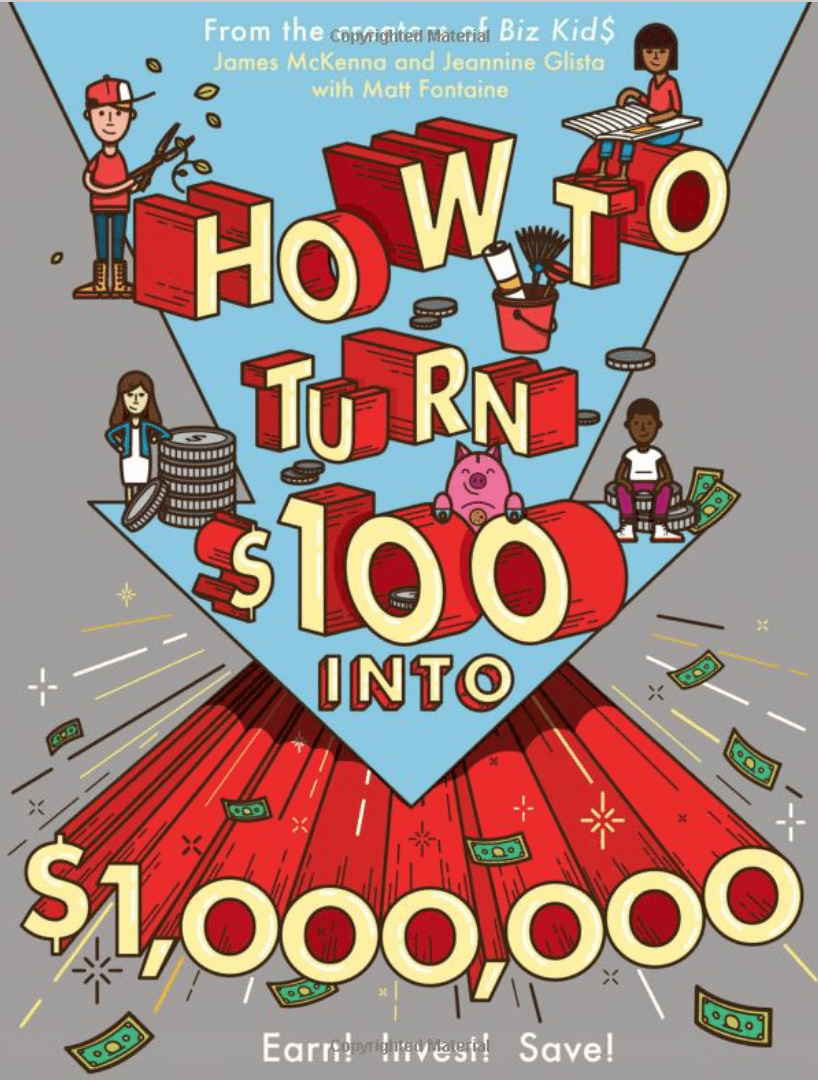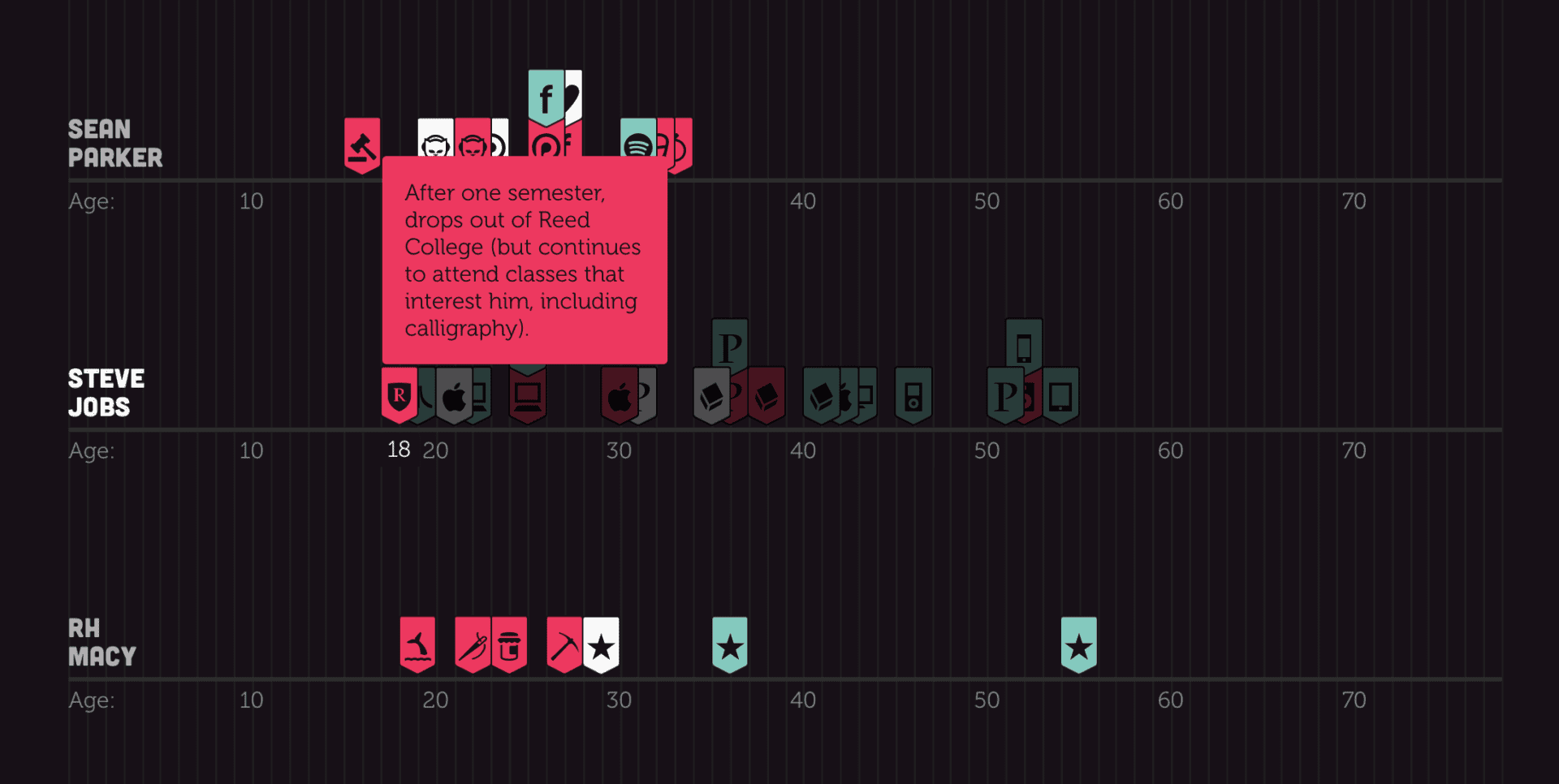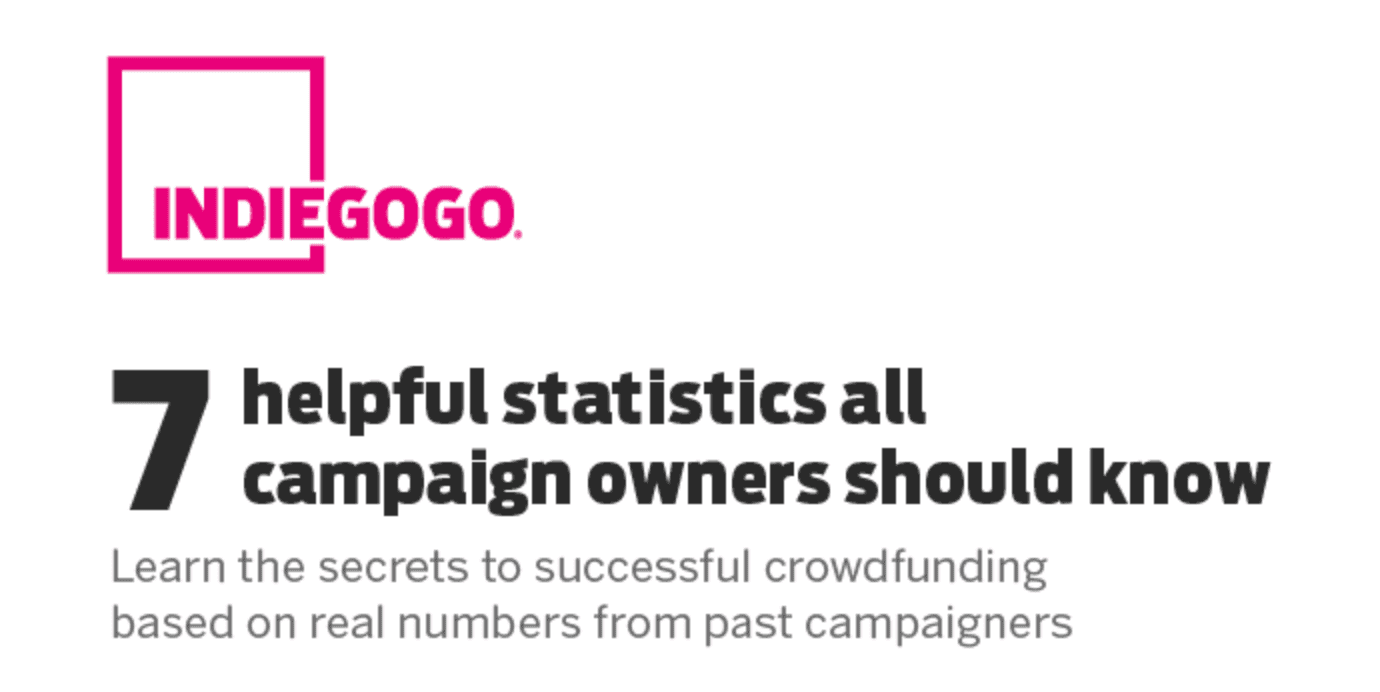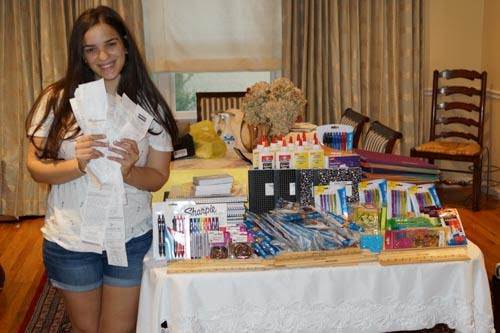Allowance. For many of us, it’s our first chance at earning an income. A shot of spending power. The ability to budget, to save, to give. And for two young Biz Kids, it introduced their first moment at the negotiating table, as well.
The contract below was presented by two savvy siblings to their parents–a job application of sorts. 11-year-old Devon and 13-year-old Sabrina proposed that their parents begin offering them an allowance. In exchange, they would agree to do some chores around the house.
 The final result? It worked. And the entire family is benefitting, with their parents getting an extra hand with chores and the kids earning some cold hard cash. And just in case someone fails to hold up their end of the bargain, don’t worry–it’s all in writing.
The final result? It worked. And the entire family is benefitting, with their parents getting an extra hand with chores and the kids earning some cold hard cash. And just in case someone fails to hold up their end of the bargain, don’t worry–it’s all in writing.

Do you earn an allowance? If so, it’s a great opportunity to learn how to save, earn, and even invest in a business of your own? Our episode, Where’s My Allowance, is your guide to your first income.
And our upcoming book, How to Turn $100 into $1,000,000, has an entire chapter devoted to the topic as well. Look for it in bookstores this April.

































